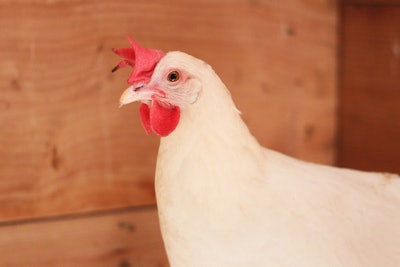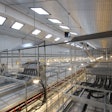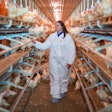
Egg producer Vital Farms recently compared cage-free housing to sharing a cramped office cubicle in a new advertisement. The video is meant to highlight the producer’s pasture-raised laying hen practice by comparing cage-free housing conditions to an overcrowded office.
The video starts off with a shot of three office workers cramped into one cubicle, which is a bit unrealistic, but we see the point that Vital is trying make in the first five seconds of the video.
According to Vital Farms’ website, its pasture-raised campaign is meant to entertain, educate and call out misleading claims from other companies. However, it is extremely important to tell the whole story when talking about pasture-raised egg versus cage-free eggs, and the advertisement certainly does not do that.
Cage-free hens are housed in large, open barns that typically have multi-tiered aviaries for perching, nesting, feed and water. Additionally, these houses are temperature controlled and have space for birds to dustbathe and forage. The great thing about cage-free hens versus pasture-raised hens is that they are safe from outdoor elements and the environment can be controlled.
One of the main problems with pasture-raised hens is the variability in environment, which can put a bird’s welfare at risk. When working with pasture-raised poultry, the inconsistency in a bird’s living conditions can make it difficult for producers to adhere to strict biosecurity measures, which has been a major topic of focus with highly pathogenic avian influenza (HPAI) going around.
If birds are able to roam outside, there is a decent chance they will come in contact with disease vectors such as rodents, parasites or wild birds. For example, White Oak Pastures, a pasture-raised egg producer in Georgia, lost 160,000 hens to bald eagles, and The Bald and Golden Eagle Protection Act prevents producers from taking action to stop it. Additionally, the lack of control over a bird’s living conditions can make a nutritionist’s job extremely hard to manage for a variety of reasons.
The point is, consumers have an array of egg options to pick from at the grocery store, so the industry needs continue educating consumers on how hens are housed, and more importantly, why it is done a certain way. Maybe one day pasture-raised housing will become a legal matter in the U.S., like cage-free housing’s state mandates, and the above issues will become more urgent. But for now, there is still multiple egg options out there and a lot of concern that needs to be addressed.


















